Top Things to Know Before Buying Indoor Flower Pots
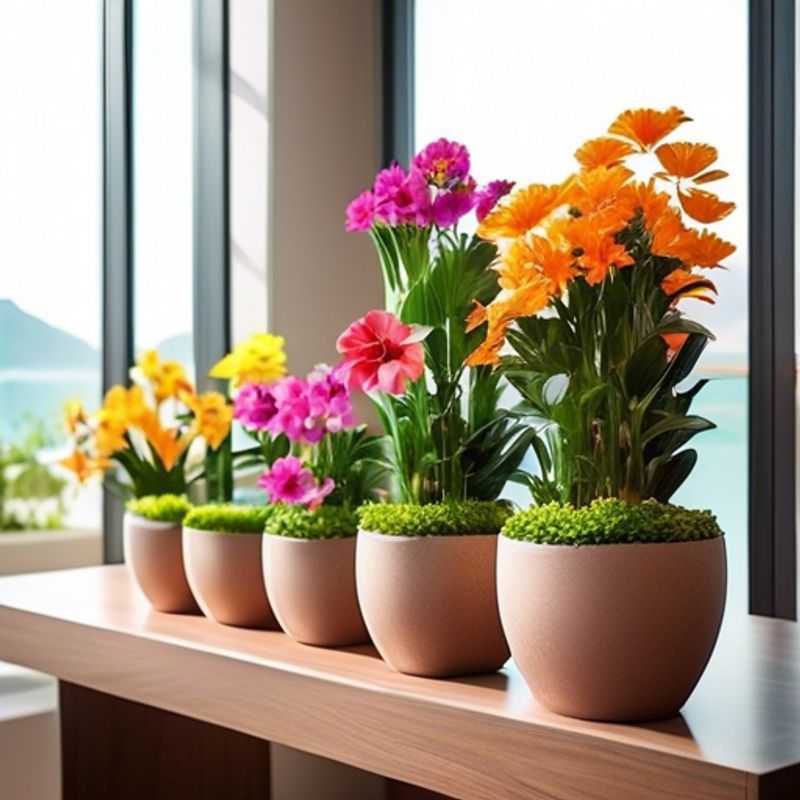
Top Things to Know Before Buying Indoor Flower Pots: Size, Material, Drainage, Decor, Saucers, Self-Watering Features, and Weight
Bringing nature indoors with beautiful plants is a wonderful way to brighten up your space. But before you rush out and buy the first flower pot you see, there are a few key things to consider to ensure you choose the perfect pot for your plants and your home.
First, determine the size and shape of the space where the flower pot will be placed.

Sizing Up Your Space: Finding the Perfect Fit for Your Flower Pot
Before you buy a flower pot, you need to know the size and shape of the space where you'll place it. This might seem obvious, but it's crucial for a successful planting experience.
Measure the area you've chosen, accounting for any obstructions or furniture. Consider the width, depth, and height of the space. This will help you choose the right pot size.
Think about the shape of the space. Is it a corner, a shelf, or a window sill? A round pot might look great on a circular table, while a rectangular pot might be better suited for a long shelf. Choose a pot shape that complements the space and your overall aesthetic.
Don't forget to consider the size of the plant you plan to put in the pot. Choose a pot that allows room for the plant to grow and develop its roots. If you're unsure about the size, research your plant's growth habits and choose a pot that offers adequate space.
This initial planning stage might seem tedious, but it's crucial for successful planting. By carefully considering the size and shape of the space, you can ensure that your chosen flower pot complements your space and provides an optimal environment for your plant to thrive.
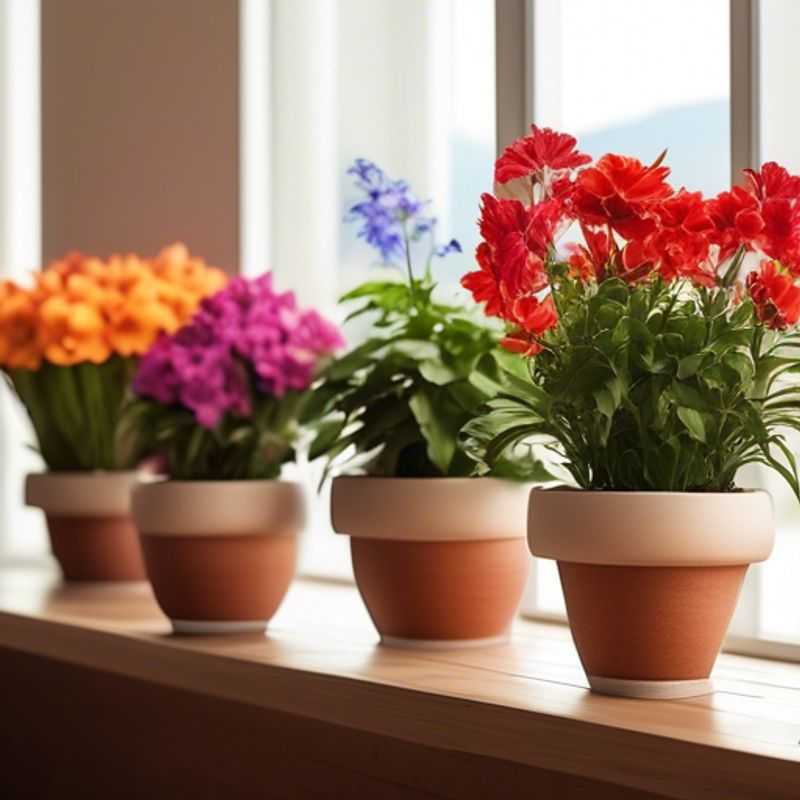
Choosing the Right Pot Material: Ceramic, Terracotta, or Plastic?
When choosing a pot for your plants, consider the material, which can significantly impact the plant's health and growth. Here's a brief guide on the most popular pot materials:
Ceramic pots are known for their durability, elegance, and ability to retain moisture. However, they can also be susceptible to cracking if exposed to extreme temperature changes. Terracotta pots, made from baked clay, are porous, allowing for good drainage and aeration. They tend to dry out quickly, requiring more frequent watering. Plastic pots are lightweight, affordable, and available in various sizes and shapes. They're generally less durable than ceramic or terracotta but offer good moisture retention.
Choosing the right pot material depends on your plant's needs and your personal preferences. Consider the climate you live in, the plant's water requirements, and the overall aesthetic you desire.
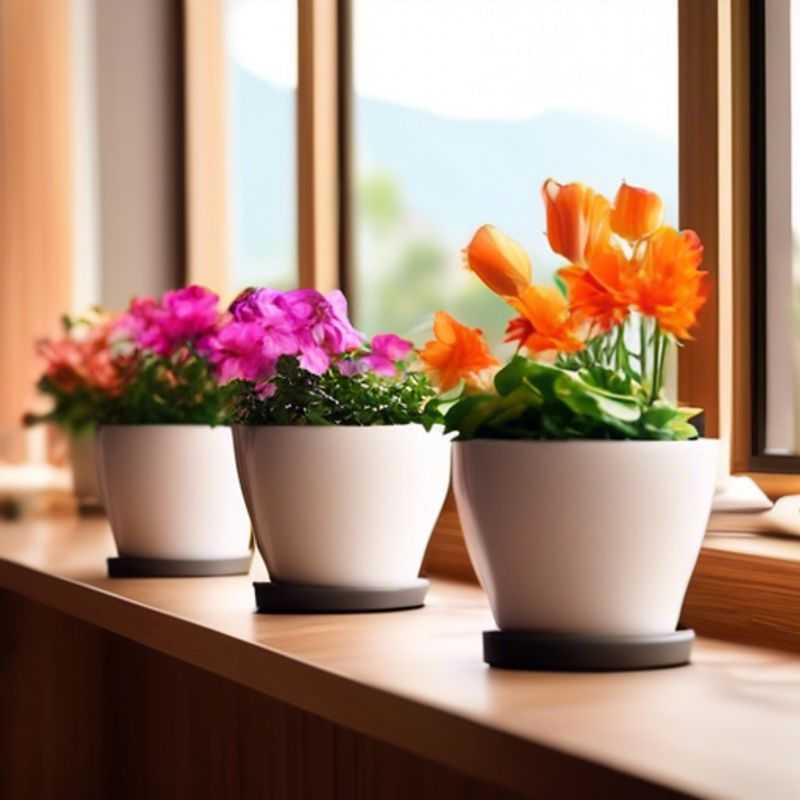
Drainage Matters: Why Your Pot Needs Holes for Happy Plants
Waterlogged soil can be a major problem for plants, as it can suffocate roots and lead to root rot. This is why it's crucial to ensure that your pots have proper drainage holes. Drainage holes allow excess water to escape, preventing the soil from becoming waterlogged.
When choosing a pot, look for one with drainage holes at the bottom. If you're using a pot without drainage holes, you can drill your own. Make sure the holes are large enough to allow water to drain freely. It's also important to use a potting mix that drains well. Avoid using soil that is too dense or compacted.
You can also improve drainage by placing a layer of gravel or pebbles at the bottom of the pot before adding soil. This will help to prevent water from pooling and creating a soggy environment for your plants.
Remember, ensuring proper drainage is essential for keeping your plants healthy and thriving. Take the time to choose pots with drainage holes and use a well-draining potting mix. By following these simple steps, you can prevent waterlogging and help your plants flourish.
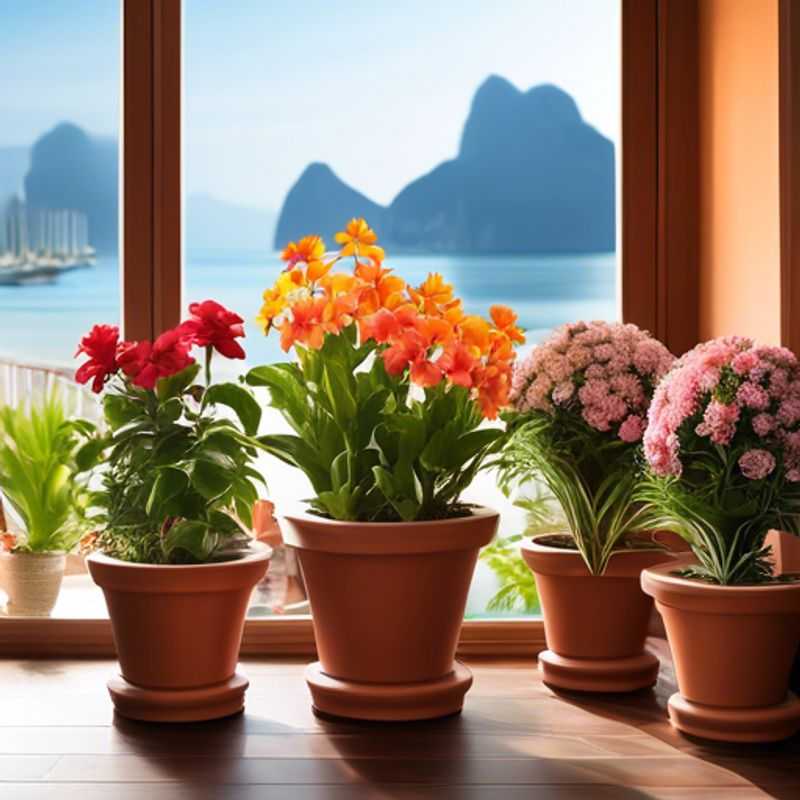
Choosing the Right Pot: A Style Guide for Your Home Decor
Choosing the right pot can significantly enhance the aesthetics of your indoor plants and seamlessly integrate them into your home décor. The key lies in selecting a pot that complements the existing style and ambiance of the room.
When choosing a pot, consider the overall style of your room. If your décor leans towards modern and minimalist, opt for sleek and geometric pots in neutral colors like white, black, or gray. For a rustic or farmhouse aesthetic, earthy tones and textured materials such as terracotta or wood are perfect.
The size and shape of the pot are also important. A large pot can overwhelm a small plant, while a tiny pot might look lost in a spacious room. Ensure the pot is proportionate to the plant and complements the furniture and other decorative elements.
The material of the pot plays a vital role in its visual appeal. Terracotta pots add a rustic charm, while ceramic pots offer a more polished look. Metal pots can add a modern touch, and glazed pots provide a sleek finish. Choose a material that resonates with your style and complements the other elements in the room.
Color is another important consideration. A vibrant pot can serve as a focal point, while a subtle color can blend seamlessly into the background. Consider the color palette of your room and choose a pot that complements the existing colors without clashing.
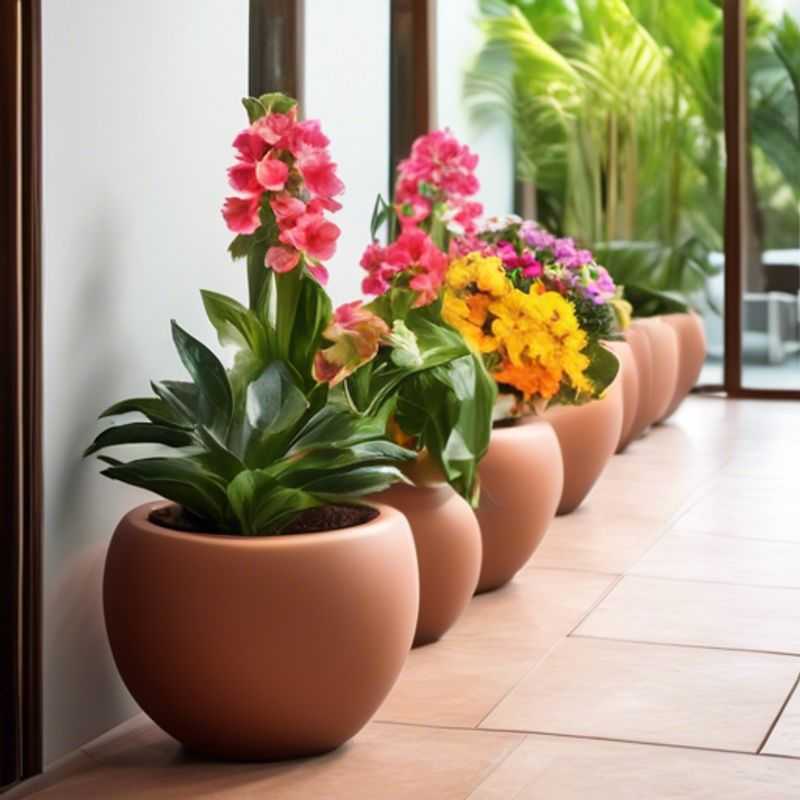
Say Goodbye to Watery Messes: Why Pots with Saucers Are Your Plant's Best Friends
Choosing the right pot for your plants is crucial for their well-being. One important factor to consider is drainage. Many plants are susceptible to root rot caused by excessive water accumulation in their pots. To prevent this, it's highly recommended to use pots with a saucer or tray. These receptacles catch any excess water that drains from the pot, preventing it from pooling around the plant's roots and promoting a healthy environment.
The saucer or tray acts as a safety net, allowing you to easily monitor the amount of water that drains from the pot. This makes it easier to adjust your watering schedule based on your plant's needs. By catching excess water, you also prevent potential damage to furniture or flooring, keeping your home clean and organized.
When selecting pots with saucers or trays, ensure they are made of materials that are durable and resistant to corrosion. Additionally, consider the size of the saucer or tray in relation to the pot to ensure adequate drainage capacity. It's essential to empty the saucer or tray regularly to prevent the accumulation of stagnant water, which can attract pests or lead to the growth of algae.
Using pots with saucers or trays is a simple yet effective way to promote healthy plant growth. By preventing waterlogging, you minimize the risk of root rot and create a supportive environment for your plants to thrive.
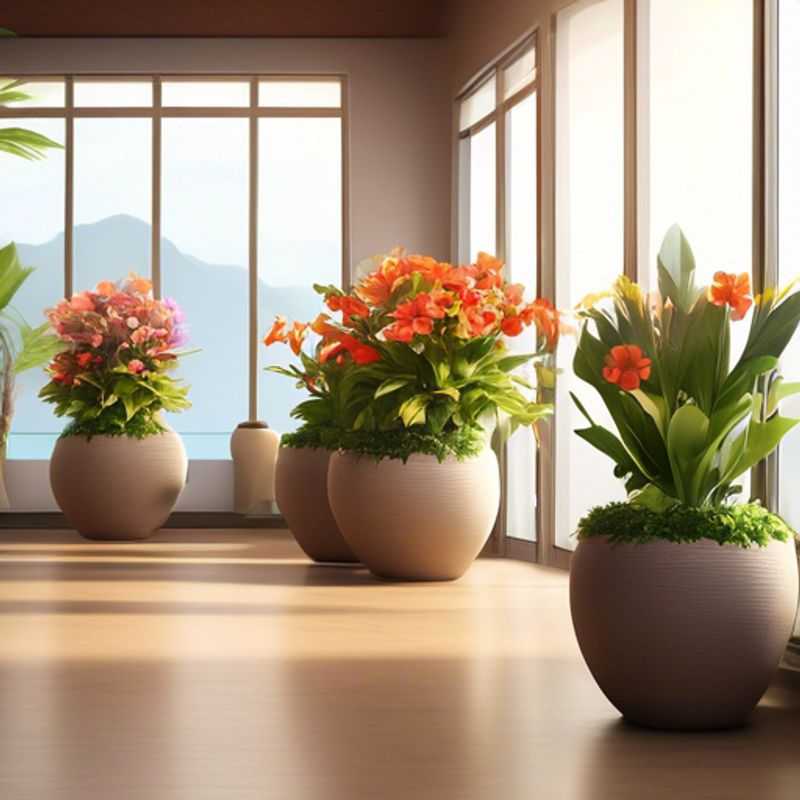
Self-Watering Pots: Your Plants' New Best Friend
Self-watering pots are a great option for busy gardeners or anyone who wants to make their life easier. They have a reservoir that holds water, and the plant draws water from the reservoir as needed. This means you don't have to water your plants as often, and you can even go on vacation without worrying about them drying out.
There are a few things to keep in mind when choosing a self-watering pot. First, consider the size of the pot and the plant you want to grow in it. Second, look for a pot with a good drainage system to prevent overwatering. Third, make sure the pot is made of a material that won't leach harmful chemicals into the soil.
Self-watering pots can be a great investment, but it is important to choose the right one for your needs. Consider the size of the plant, the type of soil, and the frequency of watering. With a little research, you can find the perfect self-watering pot for your home and garden.
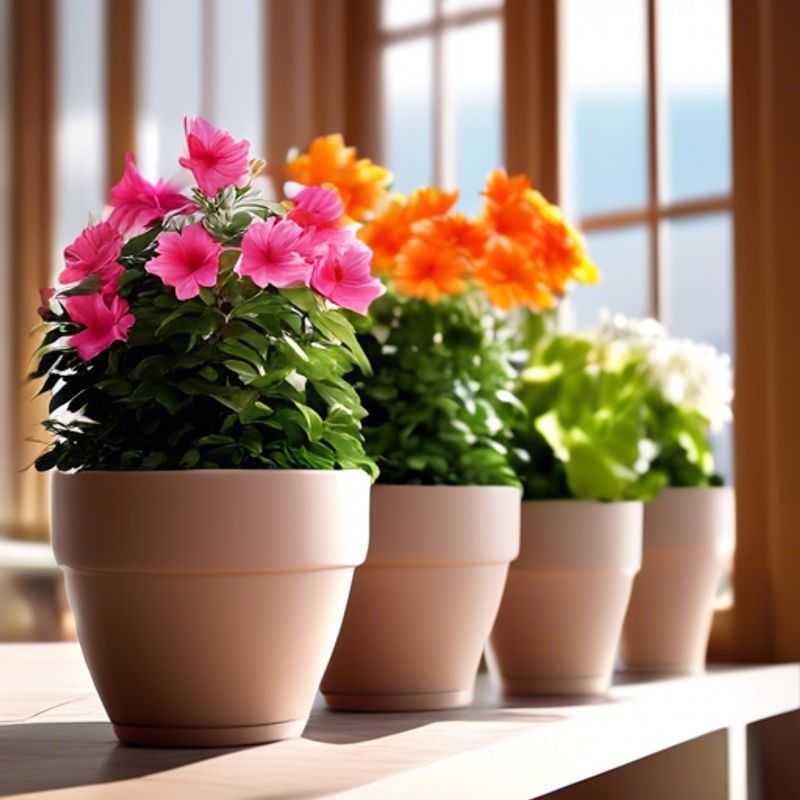
Pot Size Matters: Why You Should Check the Weight Before You Buy
When selecting a pot, it's crucial to consider its weight, especially for larger sizes. A heavy pot can be difficult to maneuver, making it challenging to move, clean, and store. This is particularly important if you're planning on using it for frequent cooking or if you have limited space.
Lightweight pots are generally made from materials like aluminum or stainless steel. While durable, these materials can be prone to scratching and can sometimes react with acidic foods. On the other hand, heavier pots are often made from cast iron or copper. These materials distribute heat more evenly, but they require more care and can be expensive.
When weighing your options, consider your cooking habits, storage space, and budget. If you're looking for a pot that's easy to use and clean, go for a lighter option. But if you're willing to invest in a durable and high-performance pot, a heavier option might be a better choice.
